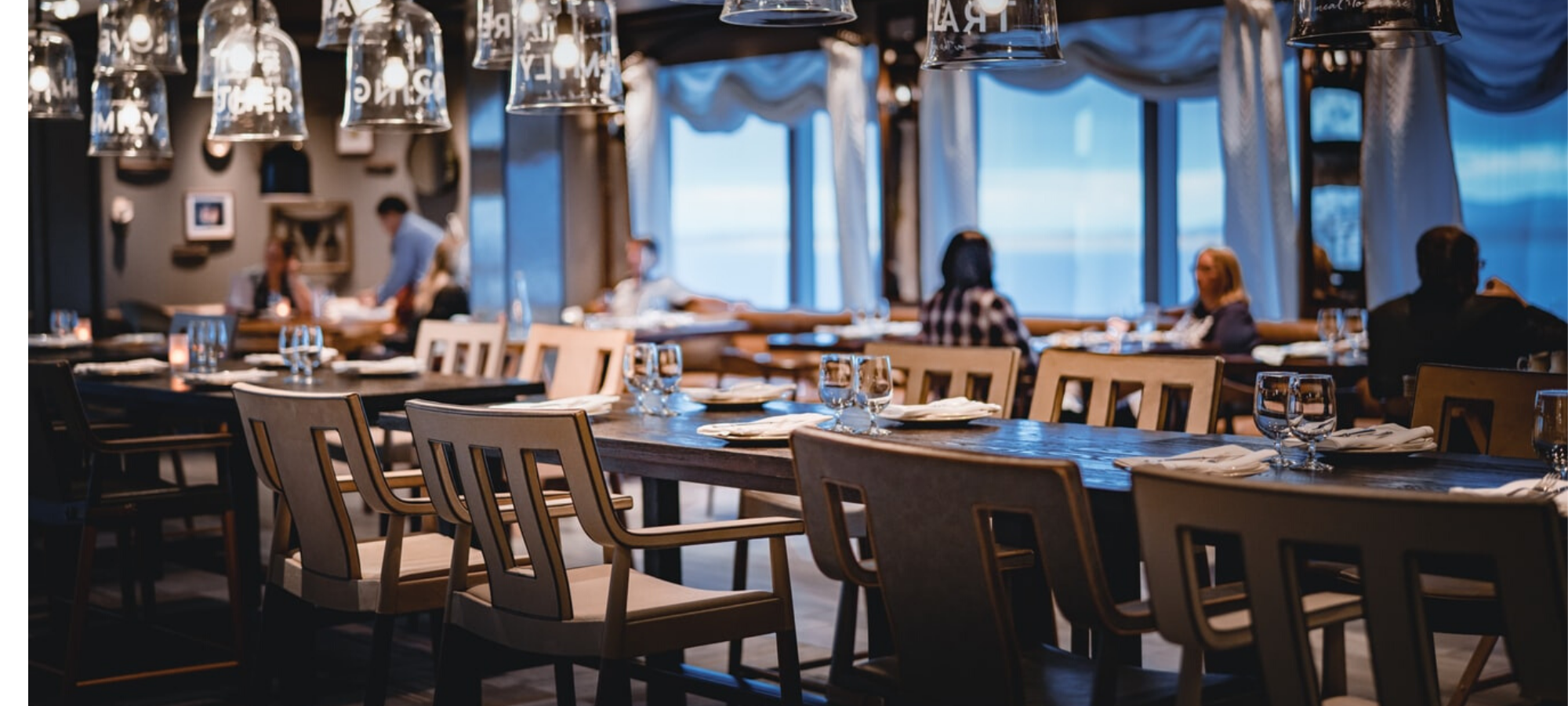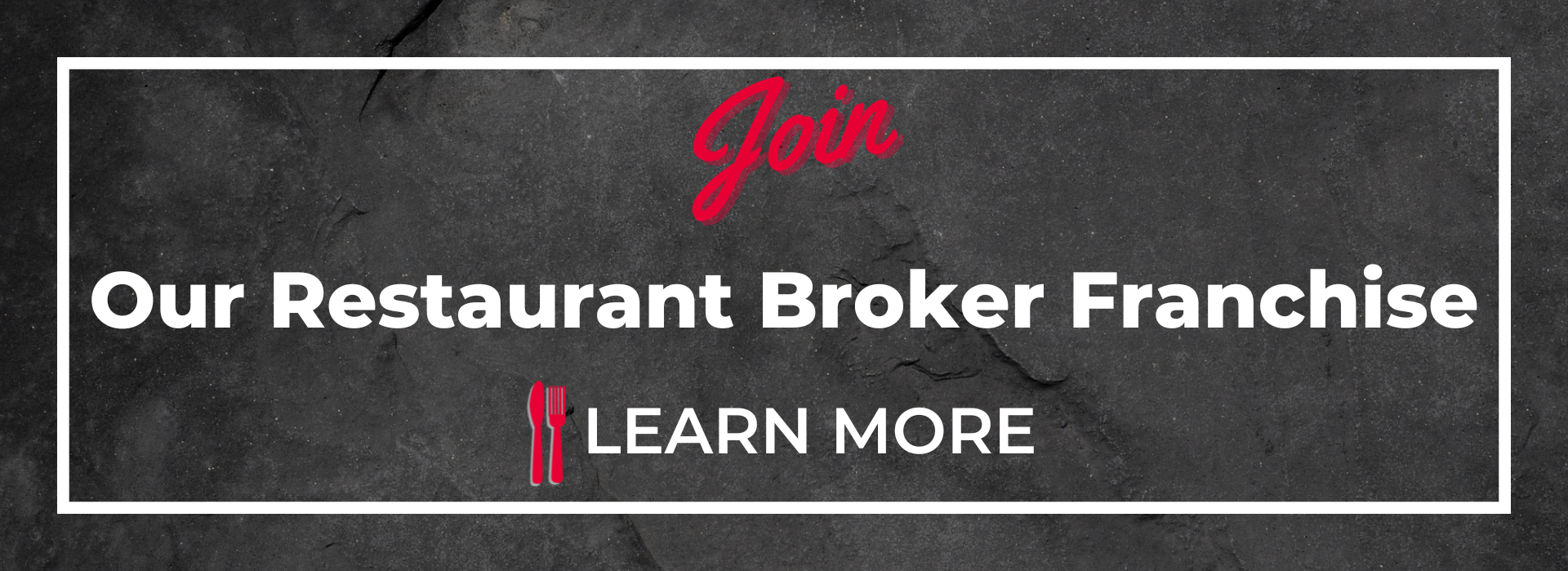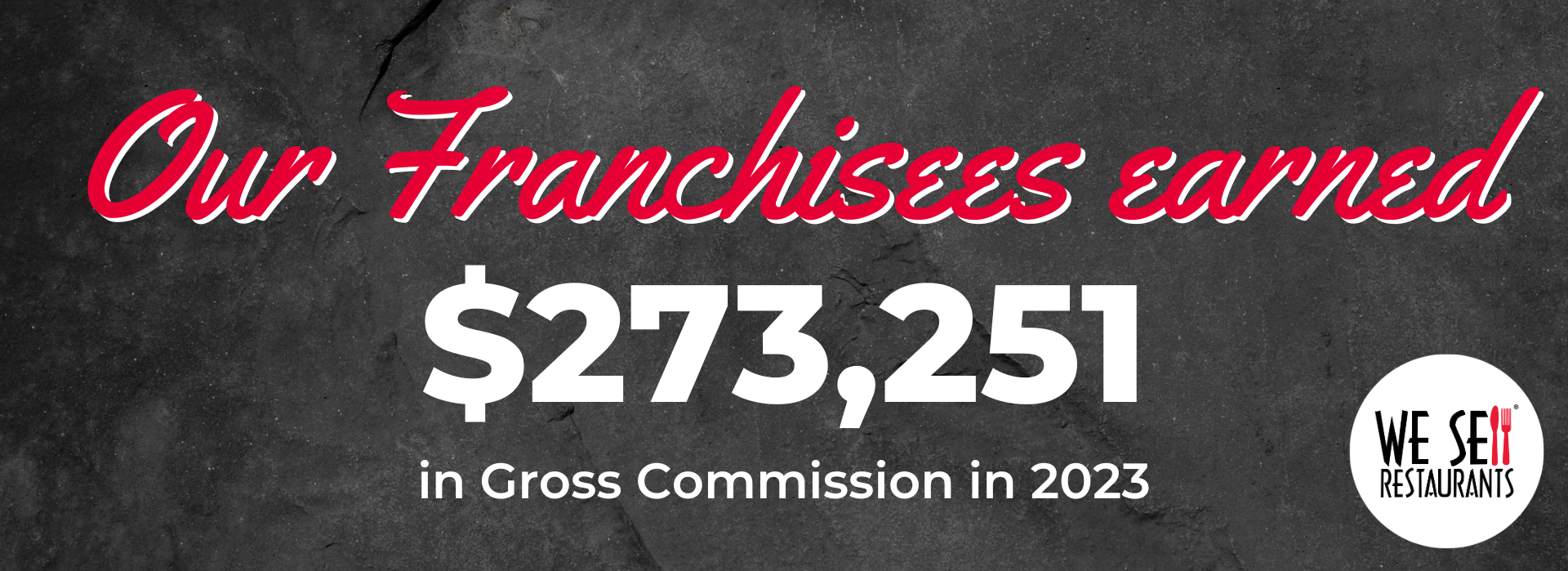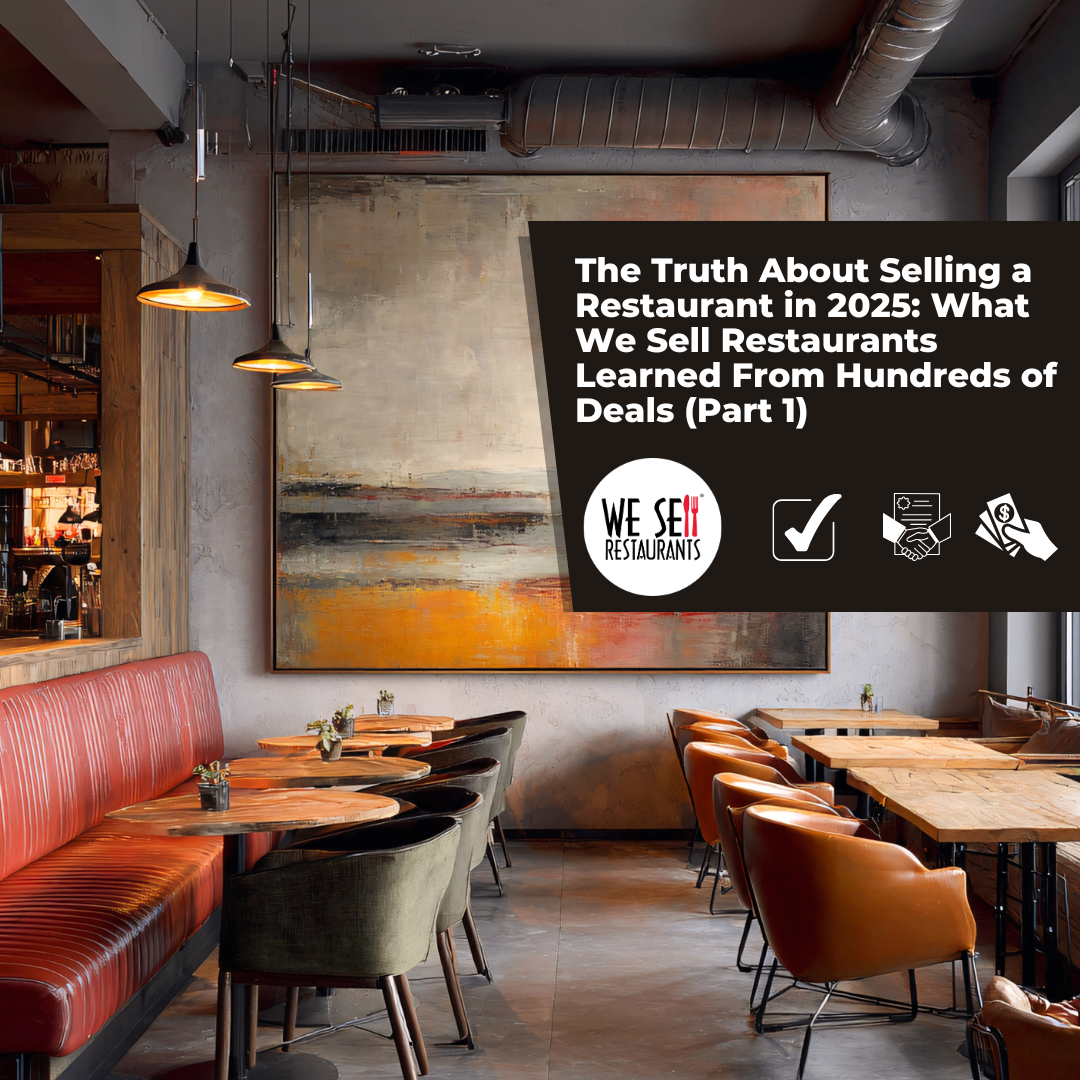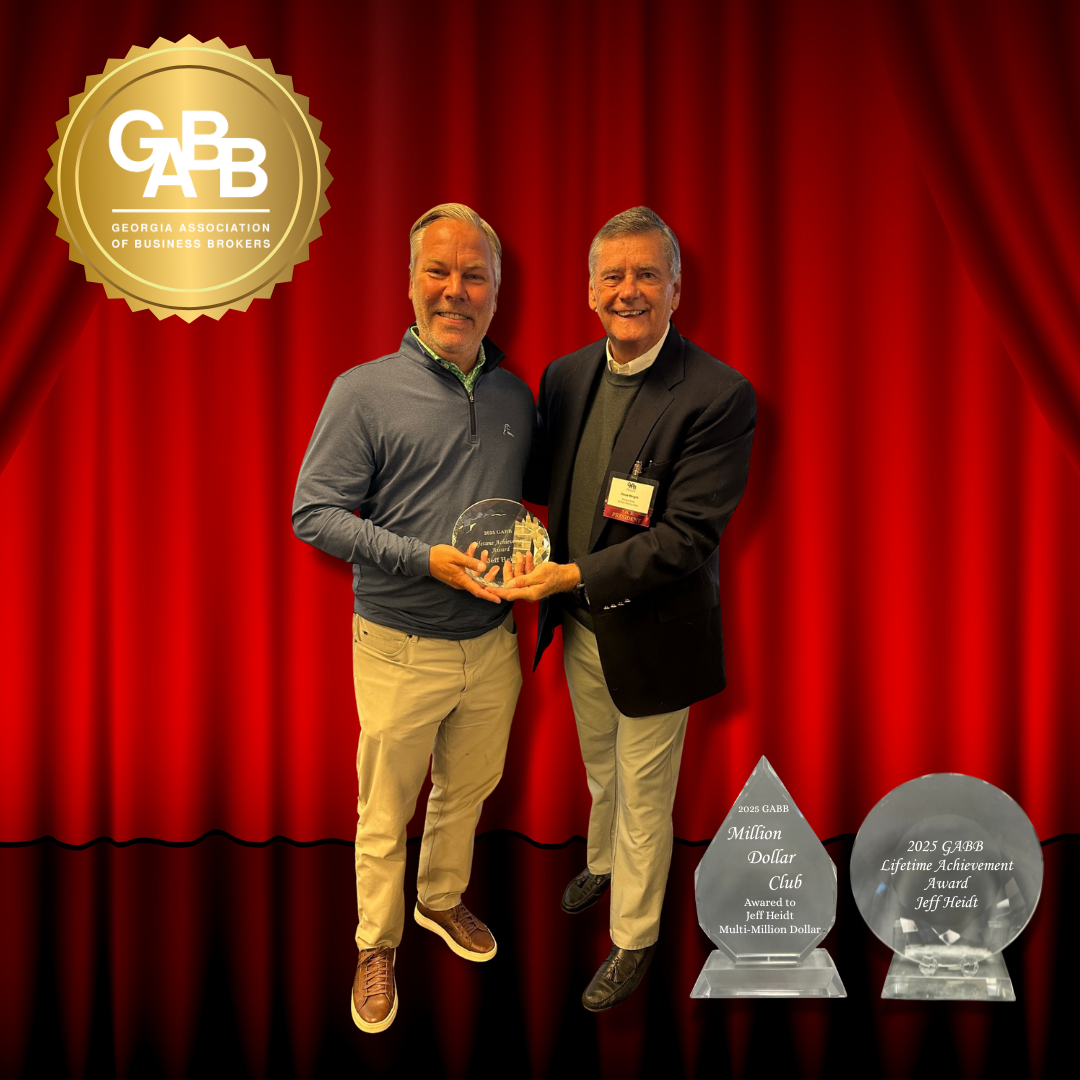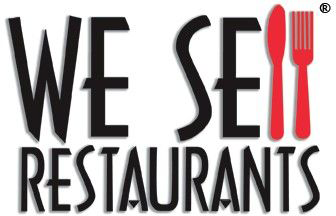A letter of intent is the way to cement the terms between a landlord and restaurant tenant.
If you are leasing a second-generation or former restaurant space that contains existing equipment, it is important to include a clause in your Letter of Intent that clearly defines the current furniture, fixtures and any other equipment that will be transferred to your use during the terms of the lease. In addition to adding the clause to your Letter of Intent, you should also include an itemized list of the furniture and other equipment you will be allowed to use. Itemizing the current furnishings is important because the previous tenant may remove the furnishings and equipment between the time you tour the restaurant and the time you sign the lease. Another common occurrence you may encounter is a landlord that neglects to tell you that the furnishings, fixtures, and equipment will be removed before you rent the restaurant space. When you are including the amount of square footage you will rent, remember that patio space that is exempt from the total square footage unless it includes walls, ceiling, heating and air conditioning. When the patio includes these components it is then considered a room however, if the restaurant has an open patio space make sure you include the term “approximately” when defining the square footage. Ultimately, knowing some of the landlord "gotchas" will better prepare you before leasing a restaurant.
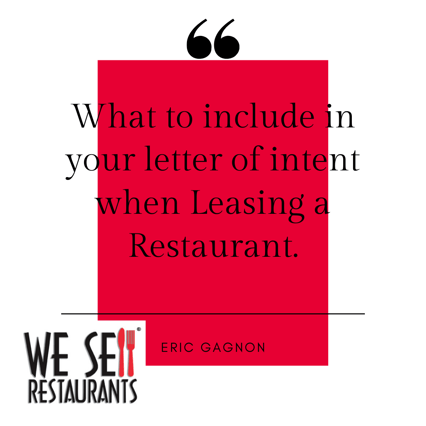
When you are negotiating the terms of the lease it is common to initially lease the restaurant on a five-year term with an option to renew the lease at the end of the five years. Requesting a term any less than five years generally results in a counter-offer from the landlord. It is also important to be aware that if you request fewer months of free rent in the preliminary term, this will result in a lesser amount of months of discounted rent because the landlord must amortize the amount during the initial term. Calculating the rent for commercial restaurant space should include the base rent fee plus the amount of the Commercial Area Maintenance (CAM) fee calculated on an annual basis. The total of the base rent plus the CAM fee should then be divided by twelve to calculate the total rent on a monthly basis. Let’s use an example calculation based on an area square footage of 1,631. If the CAM fee plus the base rent amounts to $18.50 per square foot, you would multiply $18.50 x 1631 to calculate an annual amount of $30,173.50. The annual amount is then divided by 12 months which equals $2,514.46 per month for rent. When you are calculating Common Area Maintenance, it is commonly distributed among everyone that is using the total area of square footage. For example, if you are renting a restaurant in a shopping mall every business in the mall contributes to maintenance services such as garbage pickup and other types of services on a square footage basis. On the other hand, if the restaurant is located in a standalone building you are responsible to pay the property taxes, building insurance, and maintenance costs through a triple net lease also known as a net, net, net lease.
You should always agree to the pro-rata share and not more than that. The pro-rata share is calculated on the square footage as defined in your lease and is termed as “in proportion.” For example, if you are leasing 1631 square feet and you are located in a mall that totals 10,000 square feet the Common Area Maintenance fee should not exceed 16.31%. This protects you as the tenant in the event the shopping mall becomes vacant. If you agreed to more than 16.31% you would be responsible for all of the common area maintenance plus taxes and insurance. It is also a good idea to negotiate the Common Area Maintenance fees at a minimum during your first two years of running your restaurant business. Placing a cap on the Common Area Maintenance also protects you from item increases you might otherwise be required to cover such as taxes and insurance. More often than not, landlords are laid back about working for toward the best price on insurance and fighting the city on outrageous tax increases so placing a cap on the CAM fees will help you to control the costs. If you begin with placing these five points in your Letter of Intent when negotiating a restaurant lease this will result in a successful agreement that is beneficial to both parties. Make sure you use an attorney since the small details will be negotiated later and placed in legal language in the lease. Employing an attorney will ensure that the lease serves your best interests and it will help you to understand everything before you sign on the dotted line.
Looking for a restaurant space for lease? Register an account on our website to start browsing available restaurants for lease. Contact us to get started.
 Eric Gagnon, Certified Restaurant Broker®, CBI is the founder and president of We Sell Restaurants and co-author of Appetite for Acquisition, the definitive guide for anyone looking to enter the restaurant industry. He is a fellow of the International Business Brokers Association and serves as a board member for VetFran of the International Franchise Association and as a board member for the Southeast Franchise Forum. Eric is an industry expert in restaurant sale and valuation with 20 years of experience brokering restaurants for sale.
Eric Gagnon, Certified Restaurant Broker®, CBI is the founder and president of We Sell Restaurants and co-author of Appetite for Acquisition, the definitive guide for anyone looking to enter the restaurant industry. He is a fellow of the International Business Brokers Association and serves as a board member for VetFran of the International Franchise Association and as a board member for the Southeast Franchise Forum. Eric is an industry expert in restaurant sale and valuation with 20 years of experience brokering restaurants for sale.
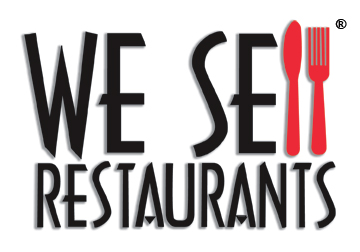
 404-800-6700
404-800-6700.png)
